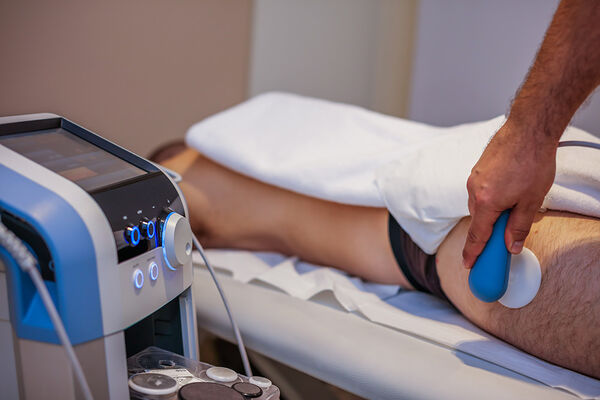Treating the knee and hip
Normal functioning of the hip and knee joints is paramount for proper walking and weight distribution to other structures in the human body, like the spinal column. Due to posture deformities of these joints, or injuries to them, one can easily injure the locomotor system or trigger compensatory reactions in the body’s posture. Knee pain while bending directly affects the patella’s position, which causes knee swelling and leads to reduced functionality of the joint
Injuries and hip or knee pain can be divided into several categories:
Depending on the stage of the injury, there is:
- The acute phase of hip / knee pain
- The subacute phase of hip / knee pain
- The chronic phase of hip / knee pain
Depending on the structure of the injury, hip pain and knee swelling and pain can arise as a consequence of:
- Injuries to muscles, ligaments or tendons
- Injuries to the joint capsule
- Injuries to the cartilage
- Injuries to the bone tissue
Given the frequent use of the knee and hip joints in everyday activities, injuries to certain structures of the joints always exposed to micro-traumas are ubiquitous. Hip and knee joint injuries are also common among professional and recreational athletes. Some of the most frequent causes of injuries are overuse, inadequate athlete preparation for sporting efforts, bad posture or an improper technique for doing muscle-strengthening exercises, leading to a wrong movement pattern.
Some of the symptoms may includeknee pain during bending, knee swelling, swelling below the knee, knee pain on the inner side, pain in the back of the knee…
The most common injuries to the hip and knee are:
-
- Knee bursitis
- Hip peritrochanteritis (hip pain on the outer side)
- Piriformis muscle syndrome (pain while walking)
- Muscular ruptures (rectus femoris muscle, ruptures to the hamstring, adductor hip muscles, iliopsoas muscle)
- Hip impingement syndrome (limited hip mobility)
- Avascular necrosis of hip (decreased hip joint functionality)
- Anterior cross ligament injury (knee swelling)
- Meniscus injury (swollen knee)
- Knee ligament injuries (knee pain while bending or leaning)
- Patellofemoral pain syndrome (kneecap pain)
- Knee bursitis (bursa inflammation)
- Jumper’s and runner’s knee (knee pain while moving)
- Tendonitis (inflammation of various tendons and ligaments in the hip and knee region)
- Enthesitis (inflammation of the entheses)
- Luxations and subluxations of the hip and knee joints
- Arthroses (hip and knee cartilage injuries)
- Fractures
Diagnostic procedure for hip and knee pain
Evaluacija (procena) stanja
An individual examination performed by a doctor and chartered physiotherapist aimed at determining the cause of hip and knee pain. By applying specialised diagnostic procedures along with anthropometric measurements (range of motion, extremities reach, MMT), we can determine the cause of hip and knee pain. The goal of the assessment is to reach a medical and physiotherapy diagnosis.
Physiotherapy diagnosis is a thorough report made by a specialist of physiotherapy with a detailed description determined through a previous evaluation.
An individual treatment and rehabilitation plan is created after formulating a diagnosis, depending on the type and degree of injury. The application of machine techniques alongside manual techniques ensures a full scope of rehabilitation aimed at maximising the effect of treatment of hip and knee pain.
Treatment and rehabilitation plan
Any injury or painful condition is treated individually. Treatment plans can depend on the time and cause of the hip and knee pain
In the acute stage with pain and swelling, a wide spectrum of machine techniques is applied, like High intensity laser treatment (HILT) , interference current, Transcutaneous electrical nerve stimulation (TENS) and Tecar machines . Specially designed pain relievment therapy through these machines has proven itself effective in alleviating knee and hip pain in acute stages (sprained knee).
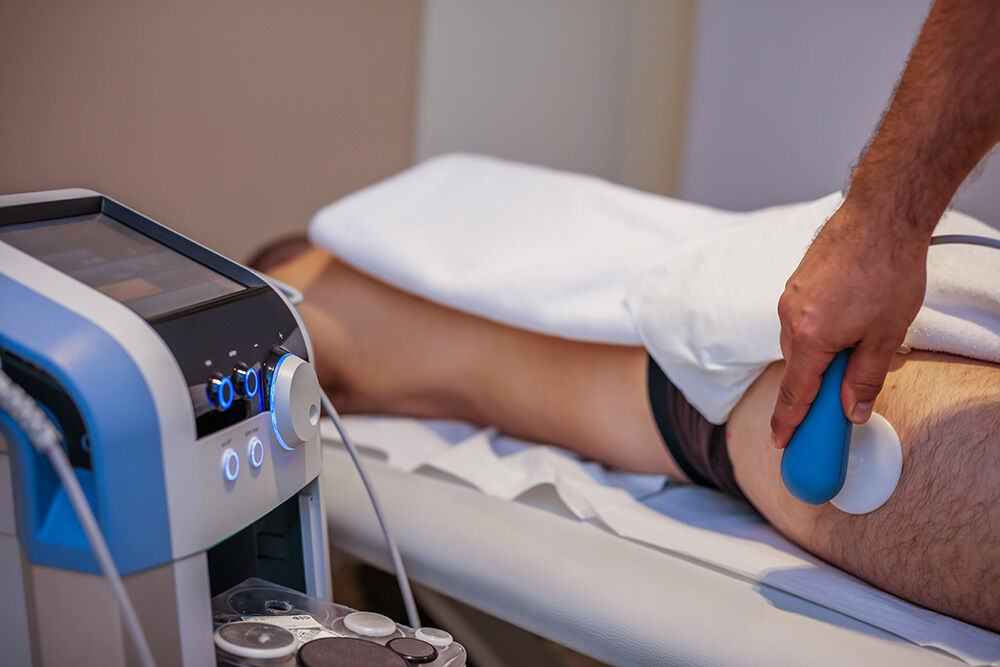
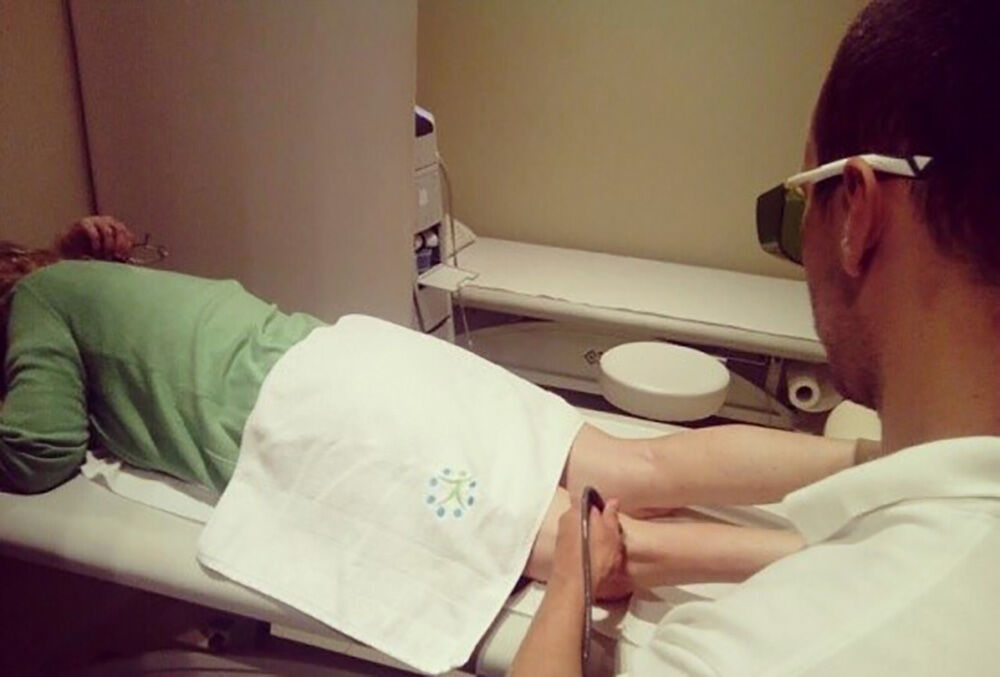
During the subacute and chronic stages, when knee and hip pain is not in the forefront but there still exists a functional impediment of the hip and knee joint , the main goal is to restore joint functionality through applying various manual techniques along with kinetic therapy (exercises for hip and knee pain ) and shock wave therapy , as well as other treatments designed for this stage. Shock wave treatment is the most effective method of removing calcification, which is the chief issue in chronic knee pain. When dealing with knee and hip arthrosis, hydrotherapy and Tecar machine therapy has proven effective.
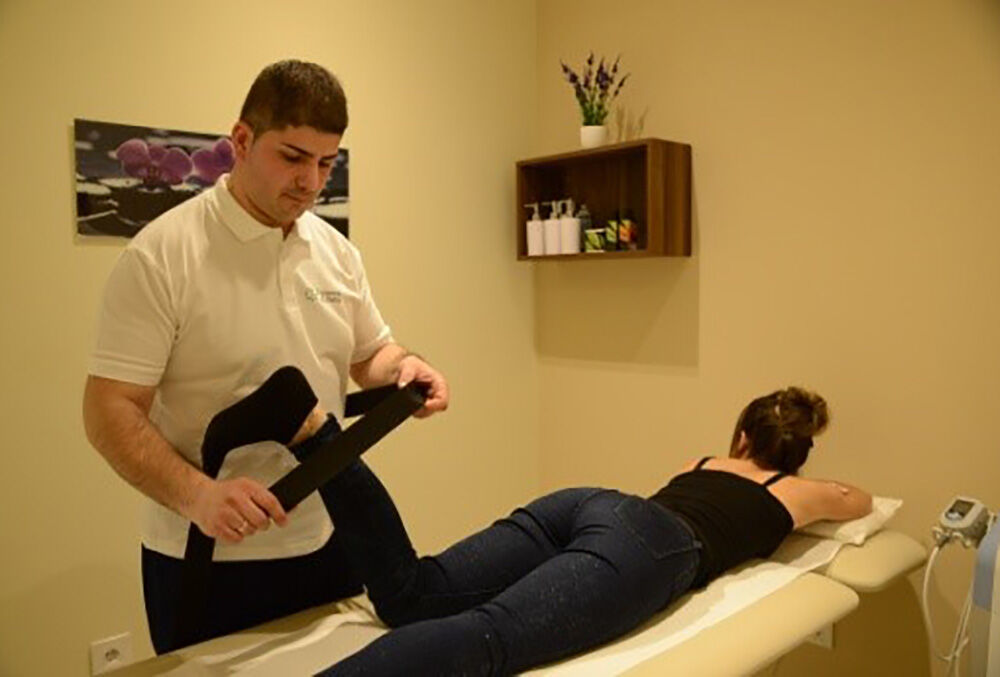
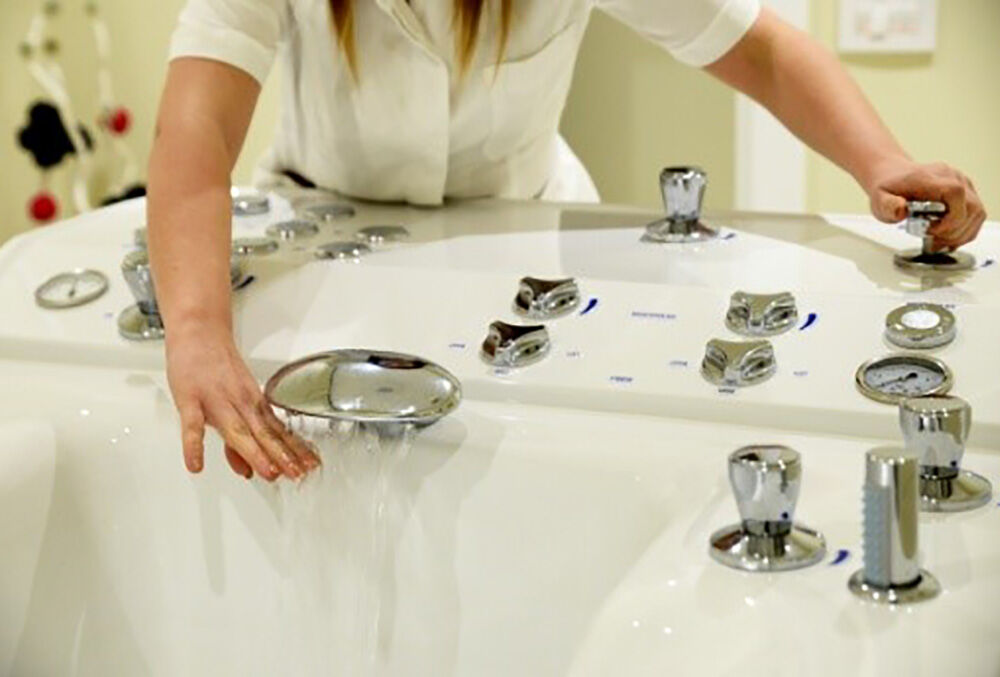
One of the more significant manual techniques when dealing with hip and knee pain is the Mulligan concept, applied individually and often alongside kinetic taping and neuromuscular kinetic taping, by our certified chartered physiotherapist.


